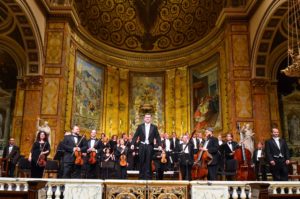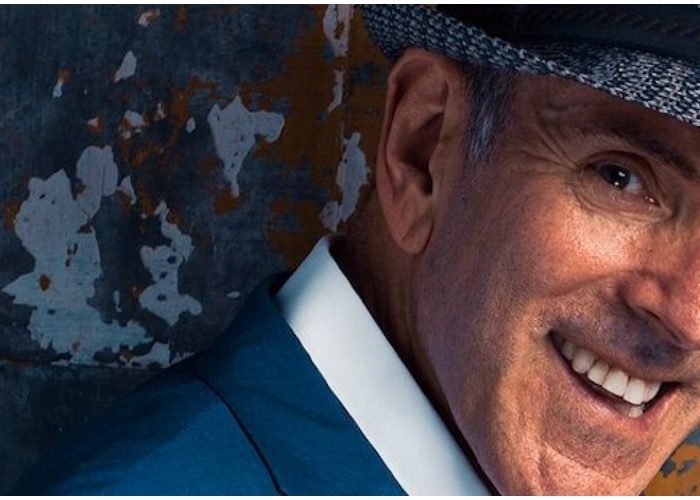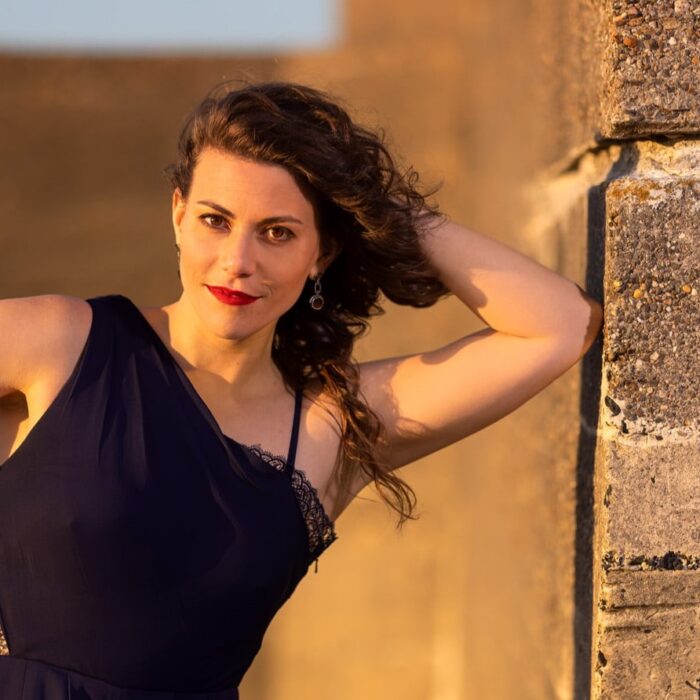
Q & A: Experiencing Haydn’s ‘Creation’ At St. Ignatius Loyola in NYC
By David SalazarHaydn’s “Creation” is one of the great musical masterworks of all time, the ambitious oratorio relating the creation of the world as told through “Genesis.” Since its premiere in 1799, Haydn’s masterpiece has been a fixture at every major concert venue around the world, including some sacred locales around the world.
This week, the oratorio will be showcased at the Church of St. Ignatius Loyola in New York City. Led by music director K. Scott Warren and featuring soprano Danya Katok, tenor Matthew Anderson, bass Jeremy Galyon and the Choir and Orchestra of St. Ignatius Loyola, the performance on Wednesday, May 24, 2017, is one of the major events of the New York summer.
OperaWire recently had an opportunity to speak with Warren about taking on this massive work as part of the Sacred Music in Sacred Spaces series.
Warren has been the St. Ignatius Loyola Director of Music Ministries since 2011 and has also worked as the principal conductor of the 19-voice professional Choir of St. Ignatius Loyola.
OperaWire: How did you first come into contact with the piece?
K. Scott Warren: My first contact with the piece was probably the same as everyone else’s, the great chorus that ends Part One, The Heavens Are Telling. The first time I heard it was when I was a teenager, growing up at First Baptist Church in Dallas. Their 200-voice Sanctuary Choir and Orchestra did it from time to time, and it just blew my socks off.
OW: How has your relationship to this piece changed over time?
KSW: In the decades since, I’ve accompanied that piece countless times at the organ, and have never grown tired of it. Through the years, I got to know other choruses and arias, but never the whole work until now. What has changed in my perception is the same thing that always changes for me when I take a piece by Haydn and examine it in depth. Even passages that appear to be, dare I say, a bit pedestrian are actually loaded with layers of harmonic, rhythmic, and melodic complexity. Haydn’s music is always much deeper than it appears at first glance, even in some of his silly moments. I would encourage the audience to really bring all of their perceptive powers when they come to the concert. The Creation demands a very active state of mind of its listeners. It can’t be a passive experience.
OW: What are the greatest challenges in performing Haydn’s Creation?
KSW: There are several challenges, to me, at least, and one of them isn’t greater than another. First of all, there are a number of moments where coordinating the orchestra with the soloists is very tricky, and if someone messes one of those up, it’s very obvious!
The second is finding the correct tempi for the fast movements. They have to be quick enough to preserve the excitement Haydn intended, yet slow enough to be intelligible, given how busy the music is at times.
The third is managing the intricacy of the orchestral writing, balancing the sections of the orchestra, making sure beats line up the way they should, and coordinating transitions in the music, among other things. Haydn was in his sixties when he wrote Creation, so he was at the height of his composition and orchestration powers. This is one of the things that makes the music so thrilling, but also deceptively tricky.
OW: Do you have a favorite musical moment in the work and what makes it so special?
KSW: My favorite moment is the incredible beginning of the piece. Haydn had a famously wicked sense of humor, and a flair for drama is apparent from the very first note. Fortissimo octave Cs depict the Big Bang, the first instant of creation, followed by nebulous chords in the strings and scattershot solo lines from the woodwinds, calling to mind the atmospheric debris shifting about before coalescing into terra firma. At the piece’s premiere, the depiction of the creation of light so shocked and delighted the audience that it took several minutes for them to settle down for the orchestra to proceed. Apparently it was the premiere audience’s favorite musical moment too!
OW: What makes the Church of St. Ignatius Loyola the perfect place to perform this work?
KSW: First, the sanctuary at St. Ignatius Loyola is one of the most beautiful interior spaces in New York City. Its reverberant acoustic is very different than Carnegie Hall or one of the Lincoln Center theaters. Here, the music literally surrounds you, and it has a quality of dancing around the room. We have become so accustomed to the pristine quality of recorded music, that we forget how exciting it can be to hear live performances in a more live space.
OW: Could you please tell me a bit about assembling the cast and why you chose the singers that you did? What unique qualities does each of them bring to the work?
KSW: The soprano Danya Katok is a member of the Choir of St. Ignatius Loyola, and I’m always proud to feature one of our own as a soloist. The pristine clarity and unassuming beauty of her voice is completely perfect for this work. I have wanted to work with the Metropolitan Opera bass Jeremy Galyon for some time, and his rich voice is going to sound just fantastic in this material, and in the acoustic. Tenor Matthew Anderson is particularly known for his portrayals of the Evangelists in Bach’s Passions, and Haydn’s music will also showcase the intelligence and nuance of his singing, and his even, ringing tone.
OW: What about the experience of working with the choir in this particular piece? What do they bring to it that is special or unique?
KSW: This choir is made up of the finest professional ensemble singers in the city, and almost all of them have established solo careers as well. The amount of vocal talent and sheer vocal beauty in the room is astounding. It’s a true collaboration between conductor and ensemble.; I’m just there to make corporate decisions and to coordinate the artistry that each one of them brings in spades.
OW: For audiences listening to the Creation for the first time, what are some things they should listen out for? What do you want them to take away from the experience?
KSW: In addition to the marvelous depiction of the Big Bang at the very beginning which is impossible to miss, an audience member new to the piece should listen for all the musical depictions of animals. Haydn exploits every resource in the orchestra and choir to paint vivid pictures of soaring eagles, roaring lions, the heavy trod of large mammals, which is depicted by the contrabassoon, with the most famous low B-flat in the history of the instrument, great whales and fish slicing through the deep, cooing doves, and melodious nightingales.


